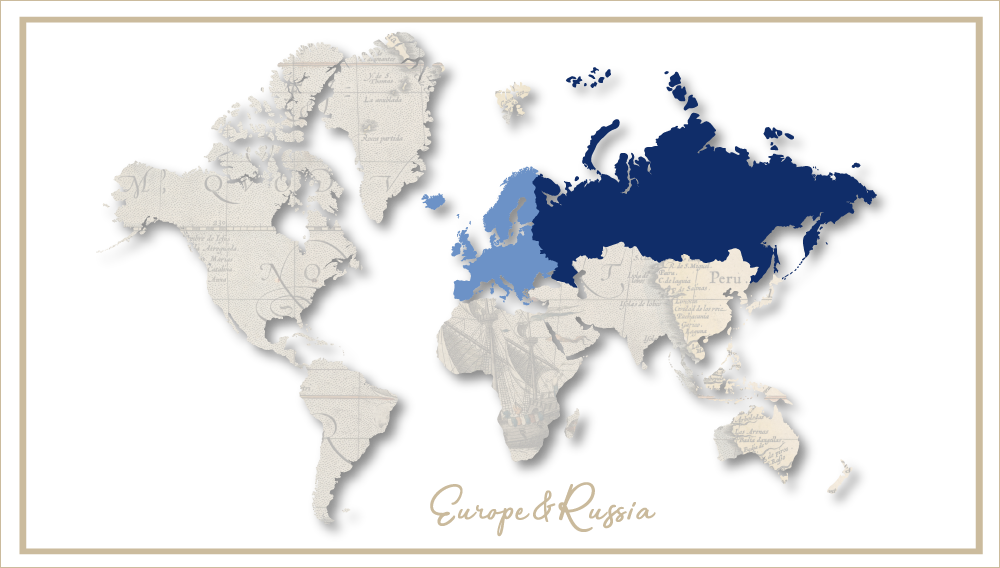A flat year ahead for drinks companies ...
Diageo’s management is planning very limited price increases during the current fiscal year. Price rises are expected to boost sales about 1 percent in the year ahead, compared with 3 percent to 4 percent in the previous year ended 30 June 2009.
Whether these modest increases will be implemented remains to be seen, all depending on the recovery of the consumer economy in the first six months of 2010.
Diageo also announced that they would not be buying back any shares in the current financial year given the tough economic conditions. The share buy-back programme was suspended in February in response to the global downturn.
Diageo operate in over 180 markets and make Johnnie Walker scotch, Guinness stout and Smirnoff vodka.
French spirits company Pernod Ricard, the maker of Absolut vodka and Chivas Regal Scotch, likewise issued a warning in September that the wines and spirits industry will stagnate during their current fiscal year due to the economic downturn. Pernod Ricard beat expectations with a 12.5 percent rise in net profit and a 9 percent rise in sales in their past financial year ended 30 June 2009, thanks to Absolut’s impetus.
Pernod Ricard, the world’s number two drinks group by volume after Diageo which now have nearly 50 percent more sales and twice their market value, said they are expecting the general economic environment to remain difficult in the 12 months to 30 June 2010. They added that the level of stagnation in the industry will differ from country to country and between products.
Pernod Ricard need to strip out costs. The company’s EUR 11 billion debt, stoked by the EUR 5.6 billion acquisition of Sweden’s V&S, stands at six times EBITDA. Diageo’s, by contrast, stands at less than three times EBITDA, it was reported. Little surprise Pernod Ricard have been selling assets fast since the Absolut brand joined their stable.
In an interview with British media, Pernod Ricard’s CEO Pierre Pringuet said that debt reduction at Pernod Ricard is a thought-out process. What they are currently doing is just a repetition of what they have done in the past. With each big acquisition Pernod Ricard’s debt went up to the maximum acceptable, then they brought it down to 4.5 times EBITDA, which is the acceptable investment-level for the drinks industry.
Pernod Ricard’s net profit for the 12 months to 30 June 2009 rose to EUR 945 million, from EUR 840 million a year earlier, above analysts’ expectations of EUR 922 million and at the top end of the company’s own target range. The company cited higher sales, favourable foreign exchange movements and a one-off tax gain of EUR 96 million. Revenues grew 9.3 percent to EUR 7.2 billion, from EUR 6.59 billion.
Pernod Ricard’s figures are being boosted by their acquisition of Swedish drinks maker Vin & Sprit, the maker of Absolut vodka. They acquired the company in January last year for about USD 8 billion, and have since launched a capital increase of EUR 1 billion and a sale of secondary brands to try and cut their debt.
Diageo grew operating profit by 4 percent to GBP 2.6 billion in the year to the end of June. But that was thanks largely to cost-cutting and falling advertising rates offsetting the 4 percent year-on-year fall in revenue. More pertinently, Diageo’s gross margin fell 1.5 percentage points, suggesting that consumers are trading down to cheaper, lower margin value brands.
Both Diageo and Pernod Ricard remain upbeat that the future lies with international spirits brands, which necessarily mean premium.
However, market observers have argued stringently that Diageo’s and Pernod Ricard’s premiumisation strategy may never have been all that it seemed. Certainly in recent years, growth of the super-premium and premium spirits segments outpaced the standard spirits segment. But because the standard segment is so much larger, its modest growth means it still added more volume over the past ten years than the other segments combined. And the close correlation between advertising spend and spirits’ market share suggests it takes plenty of expensive persuasion by drinks companies to get consumers to trade up.
But drinks groups are unlikely to turn their backs on premiumisation. Marketing higher margin products to consumers makes sense. Diageo get about 80 percent of their operating profit from premium brands, compared with just 5 percent from standard labels. Now that the worst of the recession looks to be over, drinkers may even start to trade up again.


